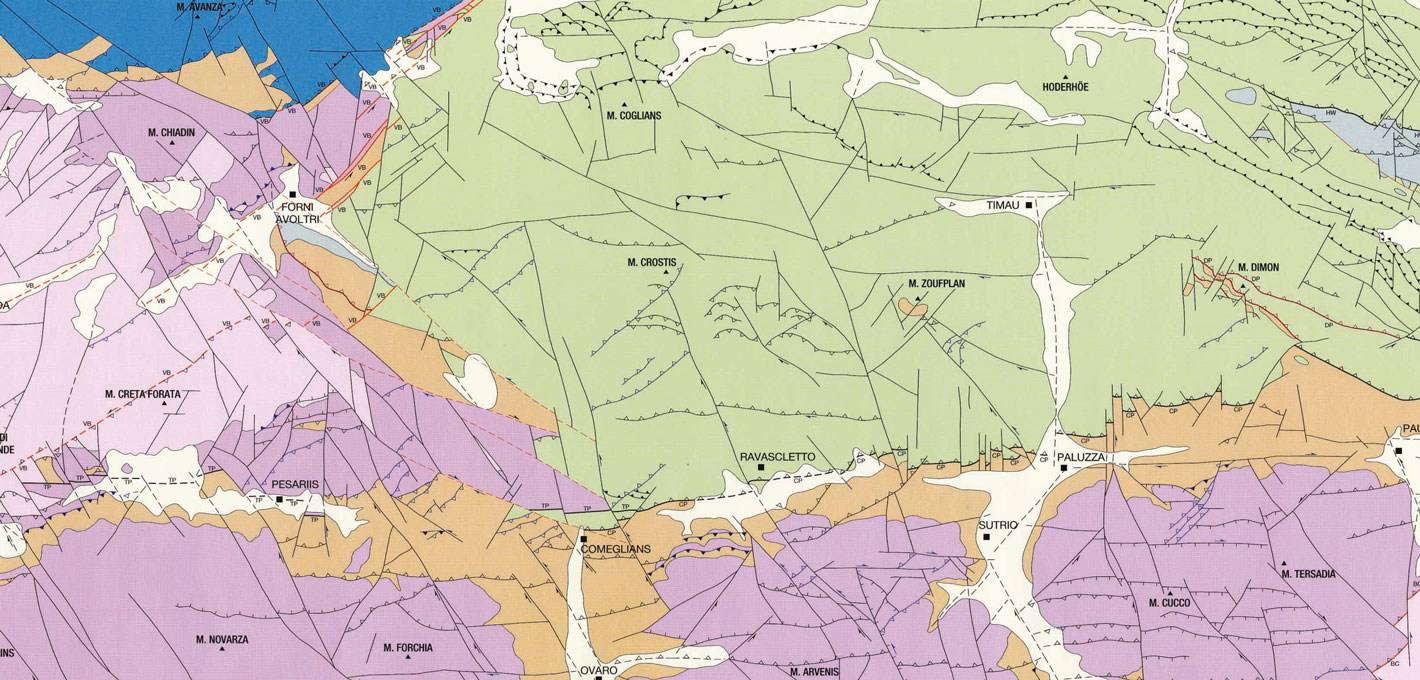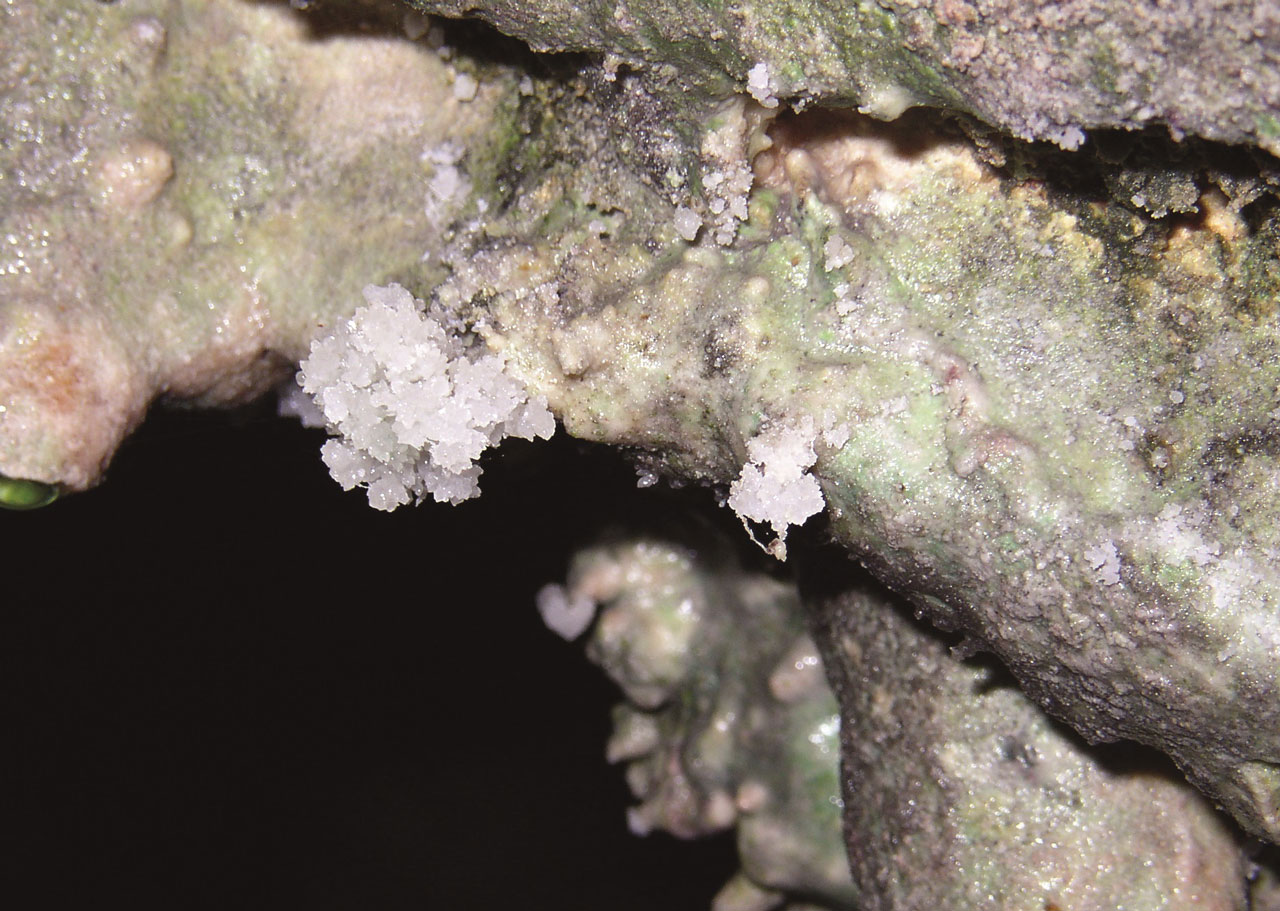Paleozoic Era: Permian
BackWith the end of the Permian (from 360 to 250 million years ago) the Palaeozoic Era closed. This period is characterized by a thickness of red rocks, once formed by siliceous sands and mud, that range in thickness from 40 to over 200 metres and tell us that the entire area – from the South Tyrol to Cadore and on to Carinthia, Carnia and Slovenia – changed from a Hercynian mountain range to an immense semi-arid plain, hence the characteristic reddish colour of its sediments.
In addition to these, characteristic of the Permian, are the gypsums, as well as the strange and unique deformations, which they underwent during the main Alpine compression which took place between about 15 and 5 million years ago.


